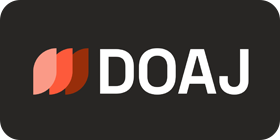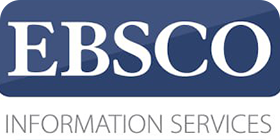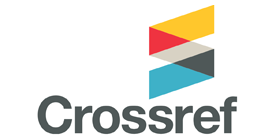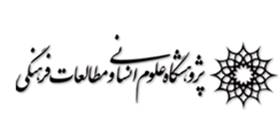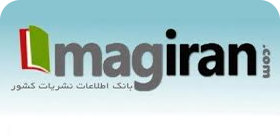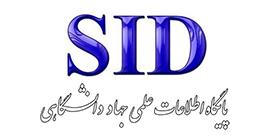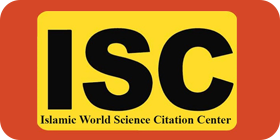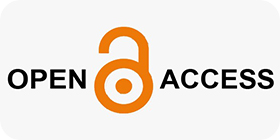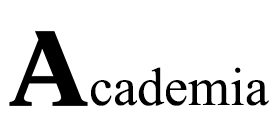Providing an Optimal Model for the Elementary Teacher Education System at Farhangian University in Iran, Based on the Experience of Japan, Canada, and Australia
Keywords:
curriculum, employment, professional development of teachers, strategic modelAbstract
Purpose: The main objective of this research is to adapt appropriate models from Japan, Canada, and Australia, aligned with the culture and education system of Iran, for developing students in the teacher education programs in Iran. Methods: The research approach is mixed-methods (qualitative-quantitative), with an applied purpose, utilizing George Brady's deductive research model. Data analysis was conducted using confirmatory factor analysis (CFA) through the Smart PLS software. This study employs the four stages of description, interpretation, proximity, and comparison in George Brady's model to examine and compare the main elements of the curriculum (objectives, content, teaching-learning strategies, materials and resources [human and equipment], teaching-learning opportunities, learning environment conditions, and evaluation) in the selected countries to improve Iran's curriculum. Subsequently, after achieving a consensus score, a framework for the curriculum was proposed. Findings: The most important findings indicate that improving the quality of the teacher education system is the main goal, and lifelong learning is the specific objective of this system in the studied countries. Additionally, based on the strategic model for Iran's teacher education system, and considering the performance of leading countries and the findings from interviews using the Delphi method and model fitting, it can be concluded that teaching-learning opportunities, with a factor loading of 4.578, had the greatest influence on the curriculum, while content, with a factor loading of 2.788, had the least impact. Other components—materials and resources (human and equipment), learning environment conditions, teaching-learning strategies, evaluation, and objectives—ranked second to fifth, with factor loadings of 4.060, 3.059, 3.288, 2.801, 2.788, and 2.469, respectively. Conclusion: Startups that prioritize fostering an innovative and collaborative culture, adopt inclusive leadership, and leverage both employee-driven and data-driven innovation are better positioned for long-term success. External support through incubators and accelerators provides valuable resources and networks that further contribute to the scaling and sustainability of startups. This study highlights the importance of organizational culture, leadership, and innovation as central components in the entrepreneurial ecosystem, offering practical insights for startup founders and managers.
Downloads
Downloads
Published
Issue
Section
License
Copyright (c) 2024 Farkhondeh Nikmohammadi, Mozhgan Mohammadi Naeeni, Mahnaz Jalalvandi (Author)

This work is licensed under a Creative Commons Attribution-NonCommercial 4.0 International License.

